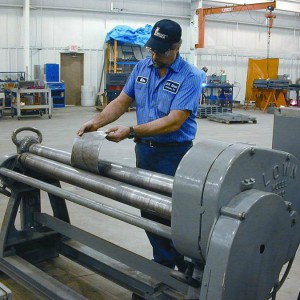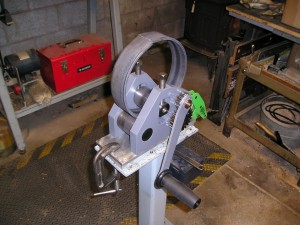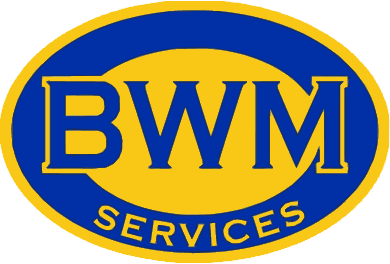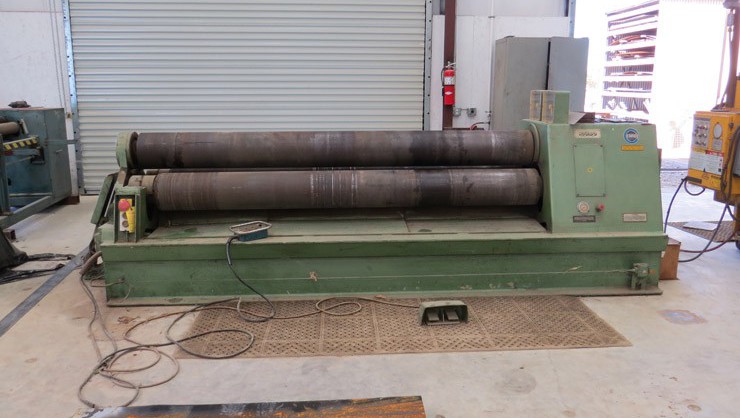Three Roll Bender

Starting off, I am going to cover three roll bender machines. Three roll benders work by pinching the flat work piece between two rolls and bending it as it comes in contact with one of the metal rollers on the machine. This bends the metal piece into a tube/cylindrical form, where it is welded together to produce a cylinder. The upper roll is a in a fixed position; where as the lower roll has adjustable movement to perform the gripping function. These are the two “pinch” rolls. The third roll, also known as the forming roll, is also adjustable. With a manually opened or hydraulically moved drop hinge, the end of the top shaft is opened to allow removal of the finished work piece, especially a completed tube shape. You may also weld the seam while it is still on the machine (ground to part with the machine power off). When using a 3 roll machine, it can be rather difficult to form metal into a tube like shape smaller than 3 times the upper roll diameter when forming near capacity thickness. One and a half times the upper roll diameter is often the tightest diameter using thinner, and more narrow metal. Result may vary depending on metal thickness, width, tensile strength and on your level of expertise.
Forming Tubes

Forming a full tube shape should have little if any gap in the middle of the seam due to the “crowning” of the rolls. Crowning is where the rolls are slightly larger diameter in the middle, which compensates for deflection under load. If the the crowning is not enough try wrapping and taping a piece of shim stock around the middle 12″ of the bending roll to over-compensate for deflection. Crowning has a side effect of causing thin metal to have a gap at the ends. If a gap occurs, either in the middle or the ends, it can be pulled together using a ratchet strap, come-along, clamps or the vise grips with chain attachment.
Now on to the hazards and how to prevent them. Metal rollers, when used outside of guidelines, are very unsafe machines. They are capable of cutting you, trapping your hands, and even crushing limbs. To prevent these injuries I am going to go over the different precautions to take when approaching roller machines.
Loading and Unloading
- Hazard: Trapping between turning rollers & moving workplaces.
- Prevention: Operation must only occur when the machine is in “run” position. Cover pedals to minimize the chance of accidental starts. Fit the machine with emergency stop devices.
Environment Safety
- Hazard: Slips, trips and falls.
- Prevention: Keep up to date housekeeping procedures. Keep the area around machines clear of slip and trip hazards. Keep all walking paths unobstructed.
Maintenance, Cleaning & Repairs
- Hazard: Entanglement from unexpected movement
- Prevention: Lock out all power supplies before maintenance, cleaning and repairs. Keep written safety procedures and arrange regular safety inspections by a competent person. Remove or lock out machines that fail inspection, and do not use them until repaired or replaced.
As what should be the case in all factory and metal fabrication scenarios, proper safety saves lives and keeps injuries from happening, keeping up to date on your safety precautions is something that should never be overlooked.



Glen Wearden liked this on Facebook.